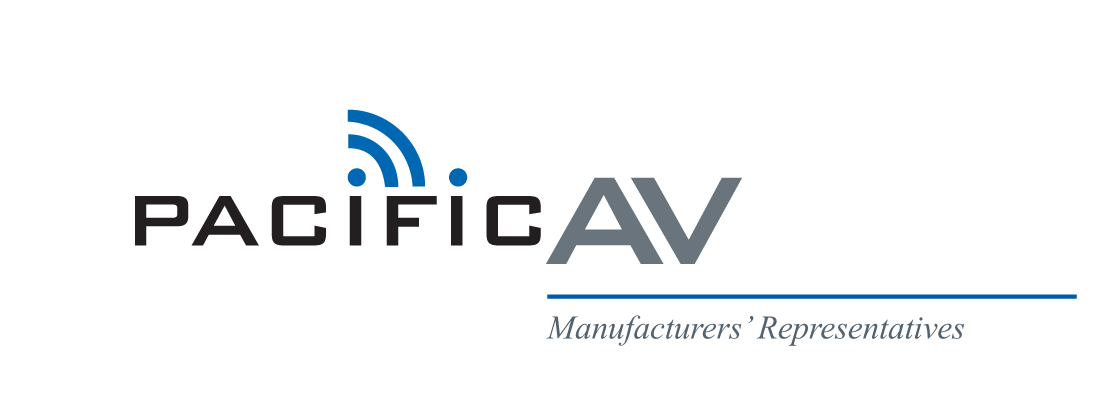*This was originally posted from RAVE publications, by By Joan Vandermate. The original posting can be found here: http://www.ravepubs.com/best-practices-mid-sized-meeting-room-collaboration/

When it comes to workplace collaboration, huddle rooms are all the rage these days, and it makes sense — the number of huddle rooms, which are great for ad-hoc and small group collaboration, is growing at staggering rates. And while huddle rooms are well worth the hype, it’s important that we don’t overlook the mainstay for traditional, pre-scheduled meetings, which represent approximately 12 million rooms according to Microsoft.
Mid-sized meeting rooms area staple at any organization and a place where work gets done. In today’s global economy, we can’t always be the in the same room and video conferencing is the next best thing to being there — especially when you follow these best practices for setting up your meeting room.
Ensure your solution is flexible. Deploy modular audio/video solutions that are tailored to the room shape and size. In rooms where meetings are focused on human interaction, mount a single large display to optimize the view of people at the far end. In rooms where meetings are equally focused on human interaction and content sharing, mount dual displays so meeting attendees can see people and content at the same time.
Camera placement. Make sure your camera is at eye level for people seated around the conference table. If you are equipping a standing meeting room, also known as an ideation room, make sure the camera is mounted at eye level for an average height individual standing. To ensure your meeting attendees are always in-frame, select a camera that supports intelligent automatic framing to keep the camera focused on meeting attendees without having to manually pan, tilt and zoom.
Select the right field of view for your room shape. Unlike huddle spaces, where tables are often pushed up against the screen, you don’t need a super wide field of view for most mid-sized conference rooms; a 90 degree field of view will provide good room coverage. A motorized PTZ camera with both digital and optical zoom helps fine-tune the viewing angle for mid-sized rooms and also capture detail on whiteboards.
Ensure you have proper audio coverage. Whether mounting speakers at the front of the room or using a table top speakerphone with both speakers and mics in the same chassis, consider placing additional mics to provide better audio coverage for people sitting in the corners of the room or standing at whiteboards. Select mics that support beamforming and which can be networked together to form an acoustical mesh to ensure voices are picked up and crosstalk is minimized.
Consider your cabling. Select solutions and deployment choices that minimize the number of cables running between table and screen. The more technology you can place at the front of the room, behind the screen, in a credenza or in a rack behind the wall, the fewer cables to manage. Route necessary cables to the table through conduit or under-the-table wire tray to keep cables organized, mitigating visual clutter in addition to reducing potential tripping hazards.
Think beyond the technology.
- Furniture — The shape of the table can help maximize the number of people visible on camera; a slanted shape (like a triangle or trapezoid) is best, with the wider end nearest to the screen and camera.
- Background considerations — An evenly-lit space helps the camera capture the most accurate color, contrast and video definition. Avoid transparent walls, reflective surfaces or windows which can be a source of distraction
By implementing these best practices, you can ensure that both the people in the room and those on the far end of the video call will have an optimized meeting experience.
This article was adapted from “Creating the Optimal Room Environment for Simple and Effective Meetings” ebook from Frost & Sullivan. To learn more about about creating the optimal room environment for simple and effective meetings, download our white paper here.
